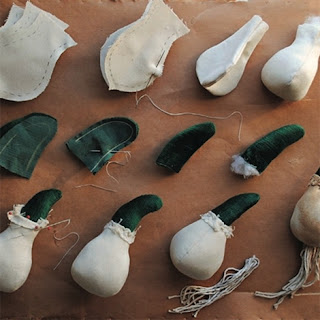SKIN TEXTURE: FEATHERS
OWL SECURITY GUARD
CLOUD CUCKOO LAND BASE IDEA
Above are a collection of pieces of concept art I've been working on this morning. They cover three different areas of the world I'm creating: Realism and interpretation, character design and environment.
These ideas are all originally in my sketchbook, but I chose these three to take into Photoshop and experiment with further as I felt they had more potential.
Firstly, I've begun to consider my own interpretation as well as the mediums I could study for my areas of practice. So far I've mainly looked into maquettes and puppets for use in stop motion animation, with specific interest in Laika Studios. However, the idea previously suggested of a lab of prototypes using different materials and processes could be very beneficial and exciting to undertake, as well as avoiding the risk of accidentally pigeon-holding myself into one category. This illustration was based on a rough sketch I did when thinking about how the characters of Pisthetairus and Euelpides would grow feathers once they eat the root that grants them wings. I came the conclusion that it would be a more realistic interpretation and a definite stylistic choice to have the mens arms turn into wings instead of having then sprout angelically from their backs. This could not only add to a potential gothic aesthetic, but also perhaps show a young audience that in order to gain something, you have to work for it or make a fair excahnge? This is a moral I'll be working more on, as so far I don't feel that 'The Birds' has much of a moral story behind it.
The drawing itself depicts the dark navy feather sprouting out of the skin; something I could later on turn into maybe a piece of costume, like a glove, or several prosthetic pieces!
Secondly, the Owl Security guard was a small doodle I did when thinking about the different properties of the birds mentioned in the texts. I already have a fascination with Owls, and was regarding the way they're able to turn their heads almost 360 degrees. This trait they have reminded me of security cameras, and putting the two together I sketched out the Owl Security Guard:
His nocturnal eyes perfectly suited to dark environments, they watch from the doorways and corners of nightclubs, not missing a single trick or drunken antic. Their heads swivel slowly at first, silently scanning the floors of dancing birds, then a sharp turning their heads back to front at any loud noise or sudden movement. No one would dare try anything under their watch.
Thirdly, is my base idea for the city so far. I'm really pleased with this piece as an illustration, but definitely need to work on a stronger concept. As the city is built in a matter of days, there would be no time for grass to grow, and I would also like it to appear more home made or have attributes that help the viewer believe it was built by birds. Maybe have buildings stacked one on top of the other, or look like the city itself has grown from the inside, then been constantly built upon. Looking into architecture could help this too.
Overall I'm very happy with these pieces and can begin to see an improvement in my work, especially when it comes to technique, which I'm pleased with. My next stages will be:
- Begin to research processes and methods I can prototype and begin basic making ideas.
- Focus on specific characters to create specific designs for.
- Research architectures and create a strong concept for the environment for the city itself.




























